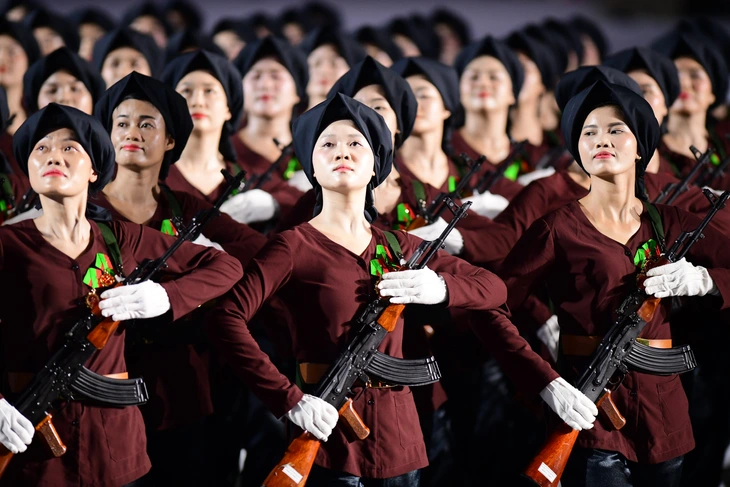
Parading is even more difficult for women - Photo: QUANG DINH
Risk of injury during parade
The Safety Army organization provides an analysis of the physical difficulties and injury risks that parade participants may face.
In terms of movement mechanics analysis during marching, research shows that when marching with a high step (like a "goose step"), the mechanical activity at the hip joint increases by about 35% compared to jogging.
This requires precise coordination and greater muscle strength to maintain synchronized movement.
Additionally, carrying large loads (up to approximately 30kg) alters the soldier's gait and posture, leading to an increased risk of lower back and lower limb injuries without proper technique.
Additionally, marching with heavy loads increases ground reaction forces and reduces stride length, putting stress on joints and muscles.
In terms of physiological and perceptual effects, marching can cause increased energy expenditure and heart rate. Soldiers often feel more tired and short of breath when marching with heavy loads, especially when the speed of movement increases.
As a result, parade participants are at risk of lower back pain, knee pain and hip injuries, especially among female soldiers.
Essential exercises
Neurologist Dr. Geoffrey Ling gives a list of exercises needed to train for the parade:
1. General strength and conditioning training
Military personnel perform resistance exercises to increase muscle strength and improve endurance:
Squats: Strengthens the thighs, hips and lower back.
Lunges (gluteal and thigh muscle development group): Improves leg stability and strength.
Push-ups and pull-ups: Develop chest, shoulder and back muscles.
These exercises help increase total body strength, improve endurance, and reduce the risk of injury.
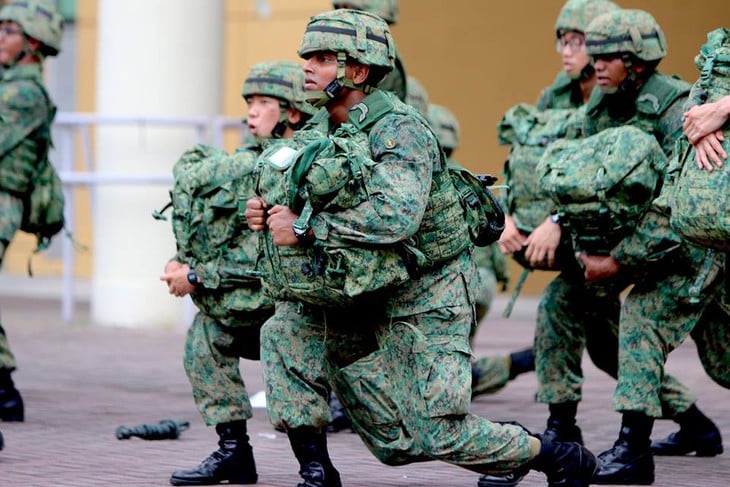
Singaporean soldiers practice lunges - Photo: SA
2. Strengthen core and hip muscles
To maintain proper posture and stability while marching, soldiers focus on core and hip exercises:
Planks: Strengthens abdominal and lower back muscles.
Side planks: Strengthens obliques and improves lateral stability.
Glute bridges: Develop glutes and improve hip stability.
These exercises help maintain correct posture and reduce pressure on the spine and joints.
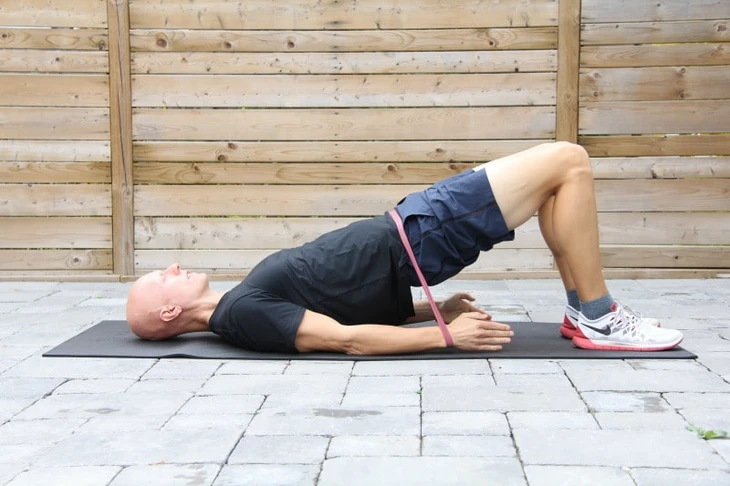
Glute bridges exercise position - Photo: YE
3. Flexibility and recovery exercises
After training sessions, soldiers perform stretching exercises to recover and maintain flexibility:
Overhead Arm Pull: Stretches the shoulders and arms.
Thigh Stretch: Stretches the quadriceps and improves hip flexibility.
Calf Stretch: Stretches the calf muscles and improves ankle flexibility.
These exercises help relieve muscle tension, improve range of motion, and prevent injury.
4. Marching and load-carrying training
Soldiers practice marching with increasing loads to allow their bodies to adapt:
Start with light loads and increase gradually over time.
Perform marching on different terrains to improve adaptability.
Monitor and adjust training intensity to avoid overload and injury.
This training helps the body adapt to carrying weight for long periods of time and reduces the risk of injury.
Source: https://tuoitre.vn/tap-dieu-binh-kho-nhu-the-nao-20250422113738872.htm


![[Photo] General Secretary To Lam concludes visit to Russia, departs for Belarus](https://vphoto.vietnam.vn/thumb/1200x675/vietnam/resource/IMAGE/2025/5/11/0acf1081a95e4b1d9886c67fdafd95ed)

![[Photo] General Secretary To Lam meets and expresses gratitude to Vietnam's Belarusian friends](https://vphoto.vietnam.vn/thumb/1200x675/vietnam/resource/IMAGE/2025/5/11/c515ee2054c54a87aa8a7cb520f2fa6e)

![[Photo] General Secretary To Lam arrives in Minsk, begins state visit to Belarus](https://vphoto.vietnam.vn/thumb/1200x675/vietnam/resource/IMAGE/2025/5/11/76602f587468437f8b5b7104495f444d)



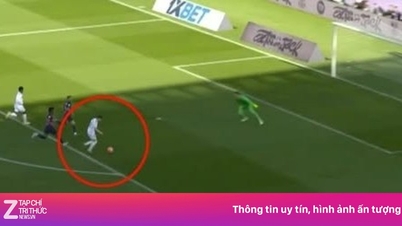






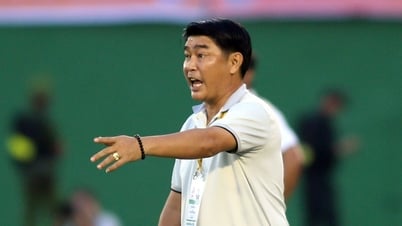
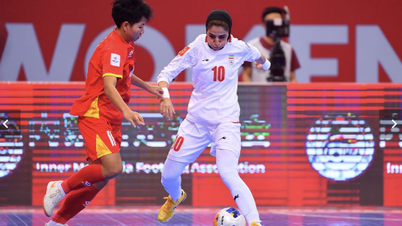



![[Photo] National Assembly Chairman Tran Thanh Man attends the Party Congress of the Committee for Culture and Social Affairs](https://vphoto.vietnam.vn/thumb/1200x675/vietnam/resource/IMAGE/2025/5/11/f5ed02beb9404bca998a08b34ef255a6)




























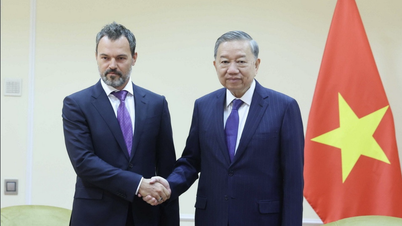



















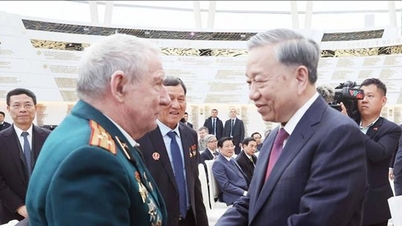














Comment (0)